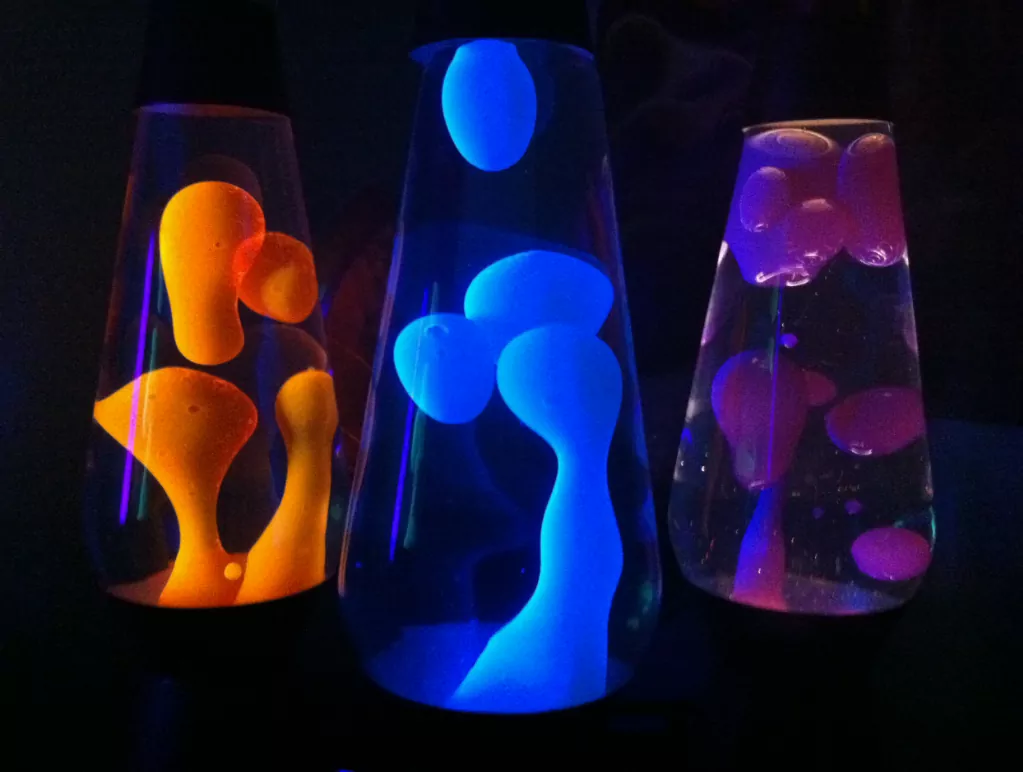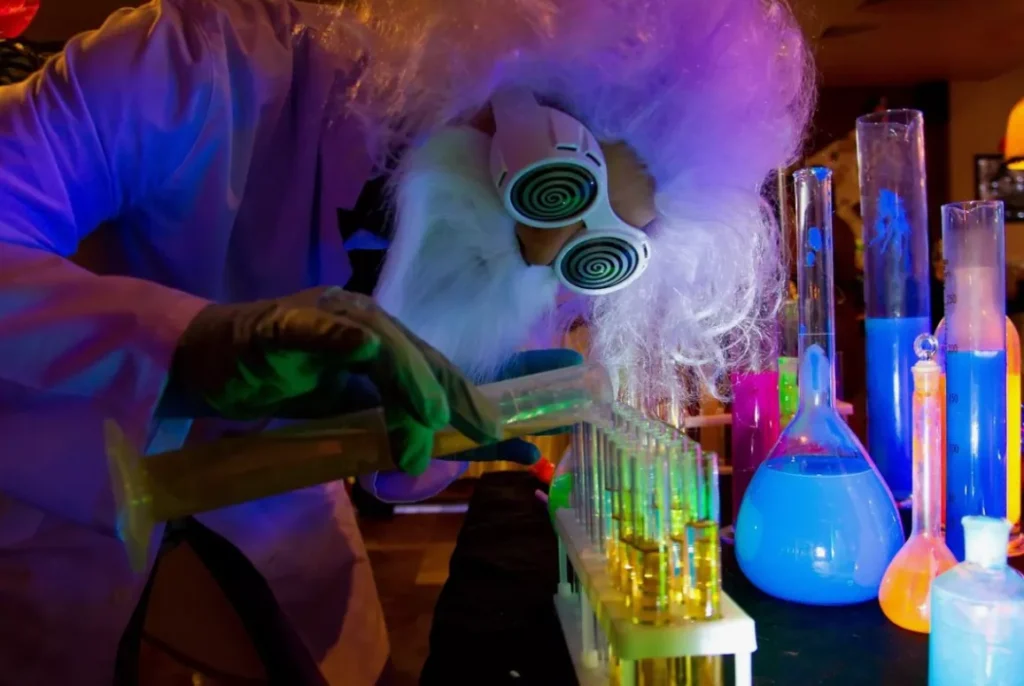
Conducting an experiment with a lava lamp can yield several conclusions about the principles of density, buoyancy, and fluid dynamics.
Here are six possible conclusions draw from such an experiment:
1.Density Stratification of lavalamp experiment:
The experiment demonstrates the principle of density stratification, where liquids of different densities naturally separate into distinct layers.
In the case of the lava lamp, the less dense colored liquid rises to the top while the denser liquid sinks to the bottom.
2.Buoyancy and Upward Movement:
As the heat from the lamp base warms the denser liquid at the bottom, it becomes less dense, leading to buoyancy forces causing it to rise.
This upward movement of the less dense liquid creates the lava lamp’s iconic “lava lamp effect.”
3.Cooling and Sinking of lavalamp experiment:
As the less dense liquid rises to the top and moves away from the heat source, it begins to cool down.
Cooling causes the liquid to become denser again, leading it to sink back down towards the bottom of the lamp.

(Also if you interesting other lights like chandeliers,js lighting,Africa lamp,led lamp,ceiling lights,wall lights,spot lights,lava lamp,floor lights,etc…You can visit web https://africalightss.com/.)
4.Convection Currents:
The experiment illustrates convection currents, where heated fluid rises while cooler fluid sinks.
This cyclical motion of rising and sinking fluid is drive by differences in temperature and density within the liquid for the lavalamp experiment.
5.Temperature Influence:
The rate of movement and behavior of the liquid in the lava lamp is influence by temperature.
Increasing the temperature accelerates the motion of the liquid, while reducing the temperature slows it down.

6.Visual Representation of Fluid Dynamics:
The experiment provides a visual representation of fluid dynamics, showcasing how differences in density, temperature,
and buoyancy interact to create dynamic fluid motion patterns.
Overall, the lava lamp experiment offers valuable insights into the fundamental principles of physics related to fluid behavior,

making it an engaging and educational demonstration of scientific concepts.
